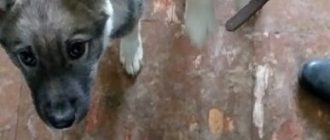Often, cat owners notice atypical signs in their pet testifying to his illness. It appears rare and scanty urination associated with martyrdom. Most likely, it is an urolithiasis. Symptoms and treatment of a similar pathology – two important and interrelated stages on which it depends final outcome. With incorrect or late diagnosis and belated help, the animal may die.
Content
- 1 Description
- 2 Reasons
- 3 Symptoms
- 4 Treatment
- 4.1 Prevention
- 4.2 Diet
Description
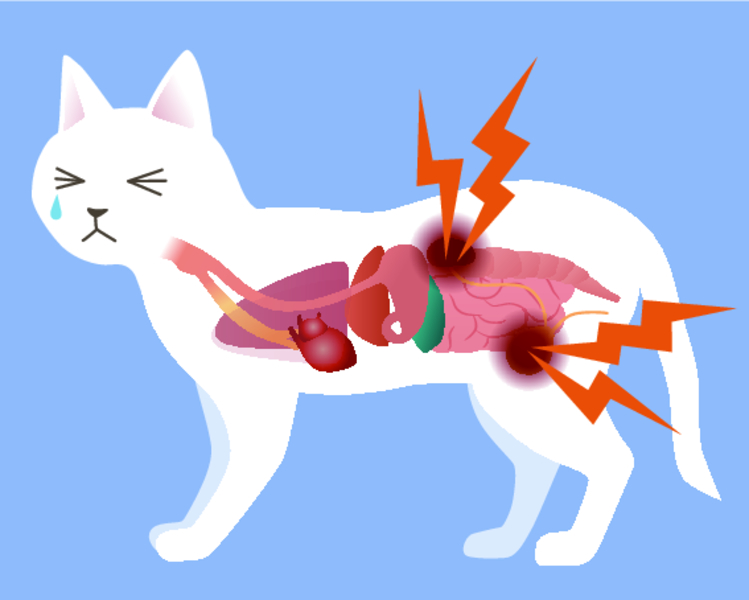
At the first symptoms, emergency measures are required, to avoid the death of a pet
Urolithiasis (ICD) is a disease, usually chronic, characterized by the formation of salt accumulations (sand, stones) in the organs and ducts of the genitourinary system. When moving, they clog the ureters and obstruct the passage urine, and also cause pain. More often than not cats and cats under the age of 5–6 years are affected, but in men individuals, the risk of morbidity is higher. This is due to physiological features – a more narrowed urethra.
Diagnosis in the bladder may detect two varieties of clusters:
- Oxalates. Saline neoplasms from oxalic acid. Stones have a rounded shape, look like open rosebuds. Found mainly in adult cats – older than 7-8 years, with a long with hair. The cause of the appearance is an increase in calcium concentration. in urine due to poor feeding.
- Phosphates (struvites). Loose conglomerates in the form of a prism with faceted edges. Intensively grow in the alkaline environment of urine. Such stones are characteristic of younger cats. Source of them formation is an excess of phosphorus and magnesium in dry feed and natural products.
Until recently, it was believed that the ICD suffered mainly uncastrated cats. However, this fact has been refuted scientifically
Causes
The main and most common reason the occurrence of urolithiasis in cats – delayed or accelerated metabolic processes in the body. Along with the, there is also a list of provoking factors for the development of the disease:
- heredity;
- hormonal imbalance;
- low physical activity;
- physiological features, including abnormal structure genitourinary organs;
- unbalanced diet: lots of minerals and few vitamins;
- drinking water of poor quality;
- lack of fluid;
- inflammatory processes against the background of various infections and viruses;
- adverse effects of external factors.
The disease is insidious in that the clinical picture at an early stage hidden. Despite the fact that the cat feels unwell, outwardly it does not appear in any way. Therefore, you should be careful about your pet and closely monitor his behavior.
Symptoms
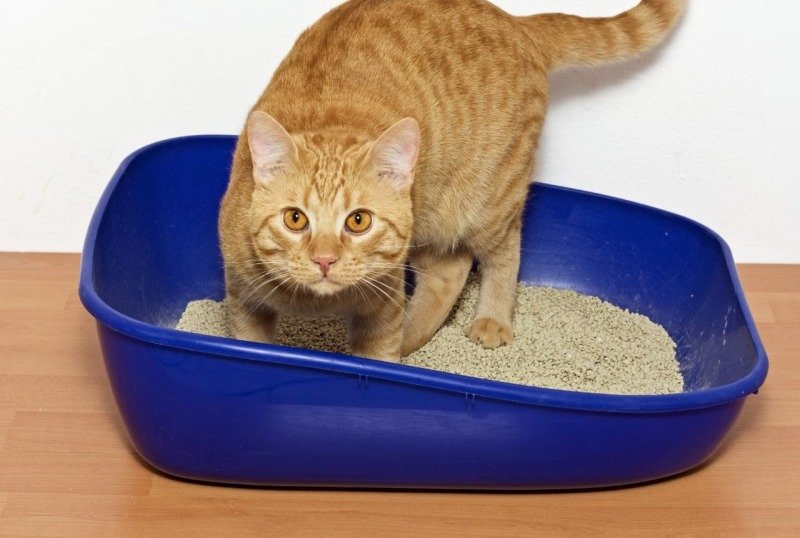
In case of illness, the belly of the pet may increase in volume and condense
The first time after a disease of visible symptoms almost none. However, the animal changes dramatically behavior: it becomes passive and inactive, often urinates in the wrong places, refuses food. At this stage the disease can only be detected by laboratory analysis urine.
As the disease develops, the clinical picture becomes more explicit:
- pain during urination – the cat meows plaintively while in tray;
- frequent use of the toilet;
- restless behavior;
- spotting in the urine.
As a result of the increase in stones and their movement, the ureters overlap. This leads to an excessive accumulation of urine, which is not in able to get out. The body begins to gradually poison that causes a number of side effects: a jump in body temperature, vomiting, loss of appetite. And every day the well-being of the pet worsens.
An accurate diagnosis can only be made by a doctor after passing appropriate analyzes and passing a certain examination (Ultrasound, x-ray). Then treatment is prescribed.
Treatment
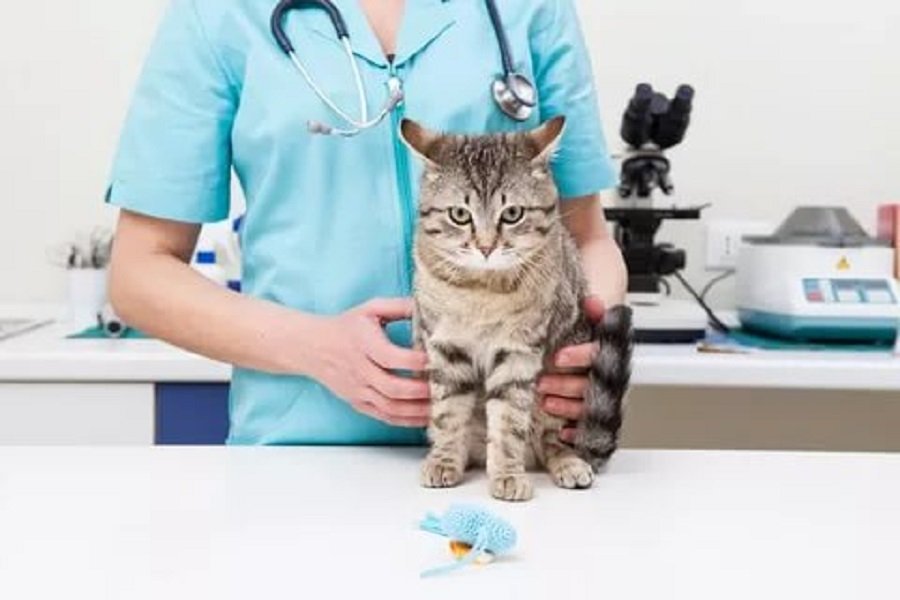
The ICD treatment regimen is prescribed individually, depending from the complexity of the course, physiology, age of the cat and others indicators. An effective result is possible only with integrated approach: conservative, operational and preventative. The first step is to relieve acute symptoms and improvement of the hairy patient. Initial procedure catheterization is advocated – it is designed to clear the urinary ducts from conglomerate. It is performed under local or general anesthesia. AT large stony inclusions require surgical intervention.
After this, tablets for urolithiasis are prescribed in cats:
- analgesics;
- antibiotics
- antispasmodics;
- diuretics;
- anti-inflammatory.
This is necessary to prevent relapse. Conservative the treatment option is also acceptable for mild to moderate severity diseases – the probability of release of uralitis is high spontaneously.
The doctor prescribes the medicine, but they are sold at the zoo pharmacy over-the-counter prophylactic drugs – drops from urolithiasis for cats “Cot Erwin”. This is a herbal tincture with diuretic and salt-cleaving action.
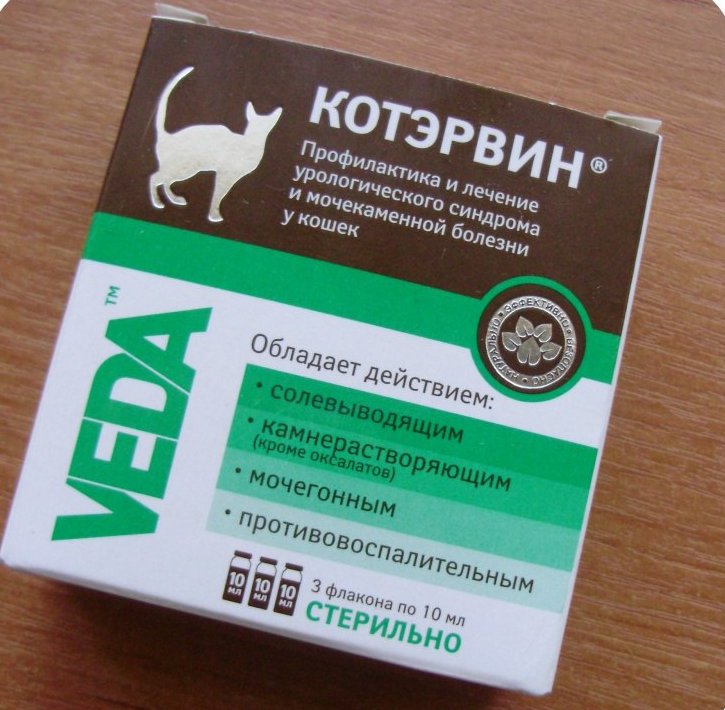
The most productive use of the drug in the phosphate type stones at the initial stage of the disease
Droppers and injections are given to a cat with urolithiasis in during the first few days after withdrawal of acute clinical paintings, which restores the water-salt imbalance and levels residual effects of intoxication. When the condition is full normalizes, the doctor prescribes a certain diet.
Prevention
Preventive measures are required in the postoperative period. They are as follows:
- Providing a pet with balanced and nutritious nutrition, physiologically oriented.
- Stable drinking regime with the supply of quality water. Important, so that the pet has constant access to it.
- Active pastime so that the cat doesn’t lie back and did not build up excess weight. In addition, physical activity stimulates kidney function and speed up urine output.
- A systematic visit to the veterinarian for a checkup and survey.
Following these simple rules will keep you healthy. pet for many years to come and avoid relapse.
ICD is not a sentence despite the severity of the course. With like With a diagnosis of cats, cats live quietly for 10 years or more.
Diet
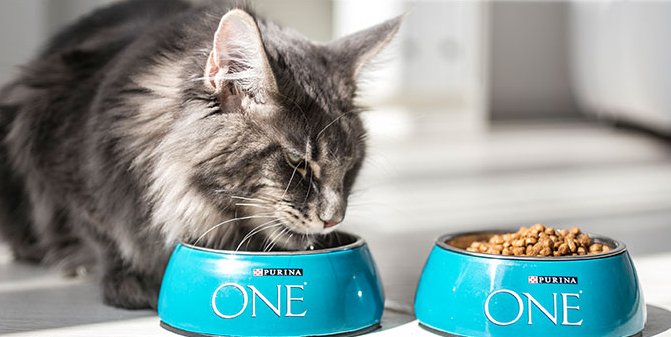
When drawing up a diet menu, take into account the origin stone formation, animal age and physiological needs.
After the pet recovers, its diet is necessary balance on the content of proteins, fats, carbohydrates and vitamin and mineral components. The essence of this feeding is to minimize consumption calcium-containing foods. These products include cottage cheese, dairy and dairy products. The emphasis is on meat. Additionally include vegetables (Brussels sprouts, pumpkin) – in boiled or fresh.
In case of feeding ready-made feed and mixtures preference give to the premium class. Adhere to the rules and dosages, indicated on the packaging. It is better to buy special medical feed for cats with urolithiasis.
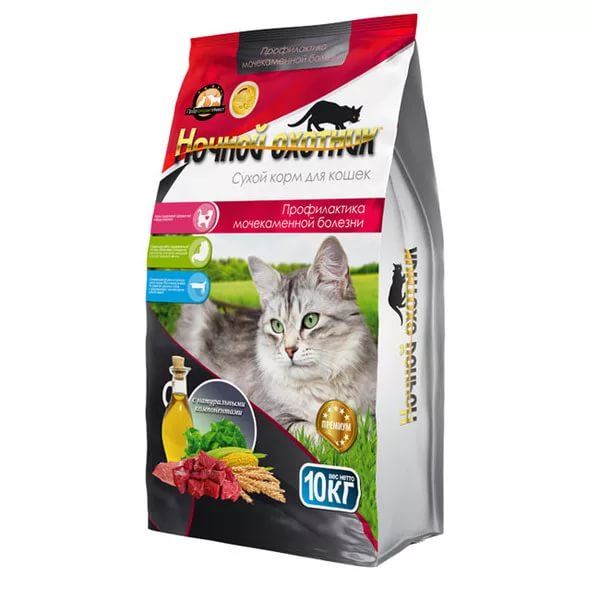
It is unacceptable to combine natural and industrial food
An approximate menu of an eared pet after treatment from the ICD:
- boiled meat of low-fat varieties – veal, beef, chicken;
- rice, oatmeal;
- vegetables and legumes;
- therapeutic dry food.
High foods are completely excluded from the diet. the content of salt and purines – rich meat broths, smoked meats, any sausages, low-grade feed.
Male felids are more affected by urolithiasis, rather than women. At risk are castrated cats. it due to the fact that when removing the genital glands, a malfunction in metabolic processes. Such pets begin to quickly overgrow with fat, since they lead a sedentary lifestyle and rarely urinate. All this and provokes crystalline formations in the urethra and blockage urinary canals.
In order not to expose the pet to the risk of ICD It is recommended to use special drops or pills for suppression of sexual activity. Then the need for castration disappears.




